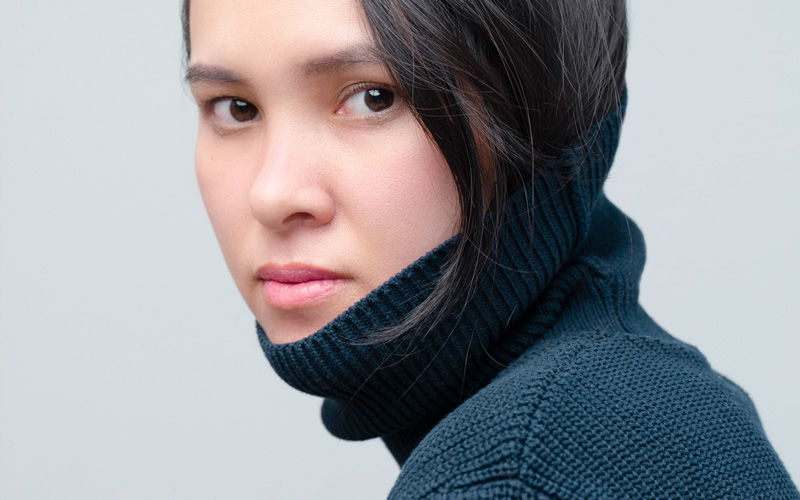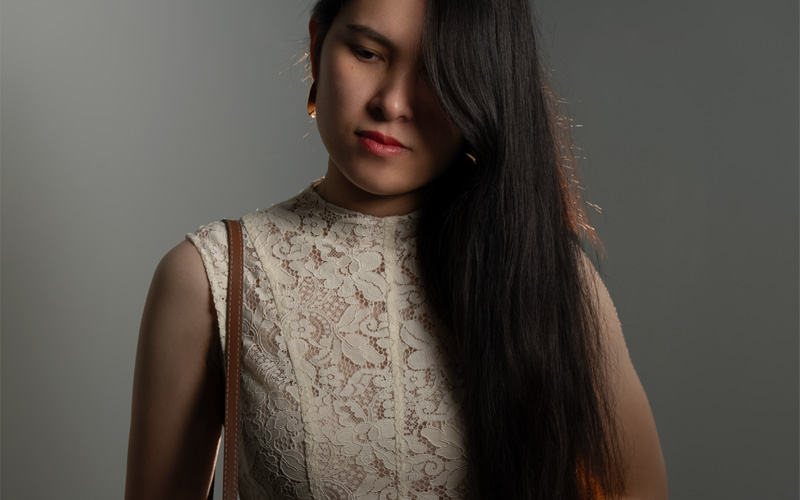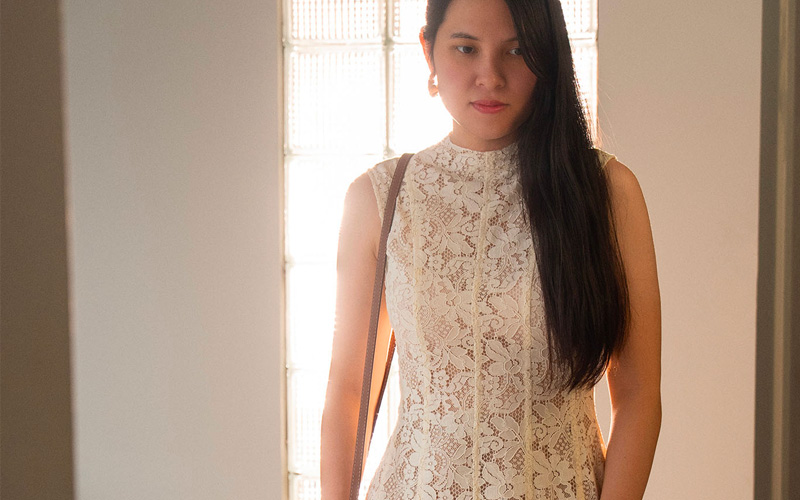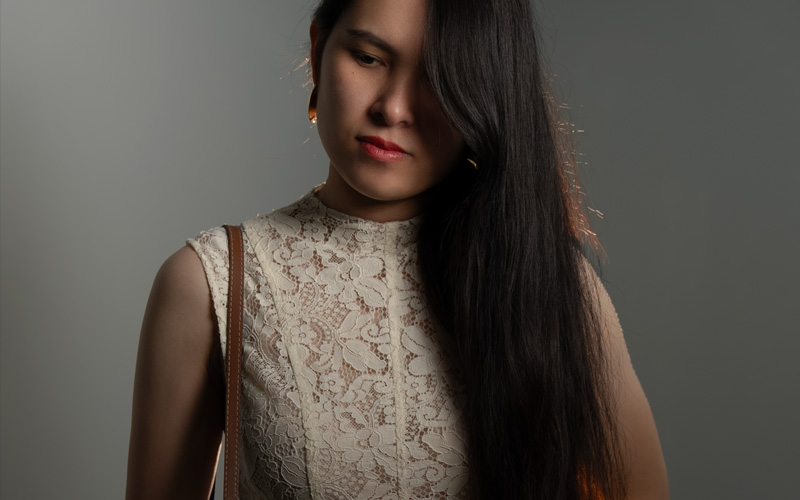FASHION & BEAUTY
My wife and I are deeply passionate about fashion—not necessarily high-end or luxury, but more about the aesthetics behind clothing and makeup. We believe this is something to be learned in order to truly understand why some clothes looks good to us and to discover our personal preferences.

Beauty photography
Beauty photography is a highly specialized genre, much like product photography. It demands a deep understanding of facial and body anatomy, and how these forms respond to light, makeup, and styling.
Mastery in this field, as in any domain, likely comes after thousands of hours of practice. Beauty shots are typically lit with great precision—whether to eliminate shadows for a flawless complexion, or to use strong contrast to highlight specific features.
Unlike fashion or editorial photography, which leans toward the avant-garde, beauty photography tends to have a warmer, more polished aesthetic. This is partly due to its close ties to the beauty industry, where images are often used to promote products like makeup and skincare.
The setting is often minimalist, allowing the viewer’s attention to remain on the subject’s features. Skincare and makeup are typically used either to convey a sense of vitality or to make a bold statement—two very distinct intentions.
Makeup traditionally serves to highlight signs of health and fertility, subtly signaling vitality and reproductive fitness. This instinct guides us in applying makeup that appears natural and effortless.

Fashion photography
In fashion photography, showcasing a high-end dress follows a different approach, even if the environment remains simple. A concrete wall in Paris or the façade of an elegant building often provides just the right amount of sophistication without distraction.
What makes fashion photography particularly challenging is working with models and directing poses. High-end fashion is designed to appeal to those aspiring to a sense of exclusivity or unattainable elegance.
As a result, models often embody a statuesque presence—tall, slender, and sculpted for grace—with strong, defined facial features. Hairstyles are typically pulled back to maintain a clean, minimalist aesthetic that keeps the focus on form and expression. So now I do understand why top models tends to be very slim and by default never smiles on the runway.
In fashion photography, when the garments go beyond ready-to-wear collections, the designs often become bold and extravagant—almost as if they demand confidence and audacity from the wearer. These pieces, often long and dramatically flowing in the wind, create visually captivating images. They’re the kind of looks that grab your attention in a photograph, but not something one could easily wear in everyday life.

Aesthetic first
Fashion often speaks for itself—more visual and atmospheric than narrative. It’s something to be felt, an energy rather than a story. It’s a fascinating field. The only time fashion leans into cinematic storytelling is usually when it aims to reach a broader audience, such as through TV or YouTube campaigns featuring actresses.
In terms of color, the palette typically follows a refined, controlled trend—often muted, low contrast, and leaning towards cooler tones. Whether in editorials or seasonal collections, the colors are carefully curated to reflect precision and sophistication. Interestingly, many Asian brands often align themselves with established European names—through accessories or bags—to reinforce their positioning and elevate perceived value.
In conclusion, the fashion industry still echoes many codes of aristocracy, but over the past decade, the trend has shifted—authenticity, self-confidence, and an effortless nonchalance or refusal to submit have become even more coveted. It’s still a business of status selling overall so exclusivity is still the main mantra.
Ultimately, why is it so crucial to grasp the rules and truly know your own motivation? Perhaps because simply copying others prevents us from discovering and expressing what is uniquely ours. At the same type copying to learn is also the way to discover ourselves. We tend to be more drawn to craftsmanship, design, and quality of production than to marketing. In other words, we prefer depth, authenticity, and attention to detail over appearance or superficial promotion.


